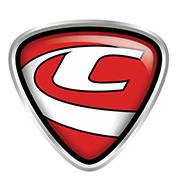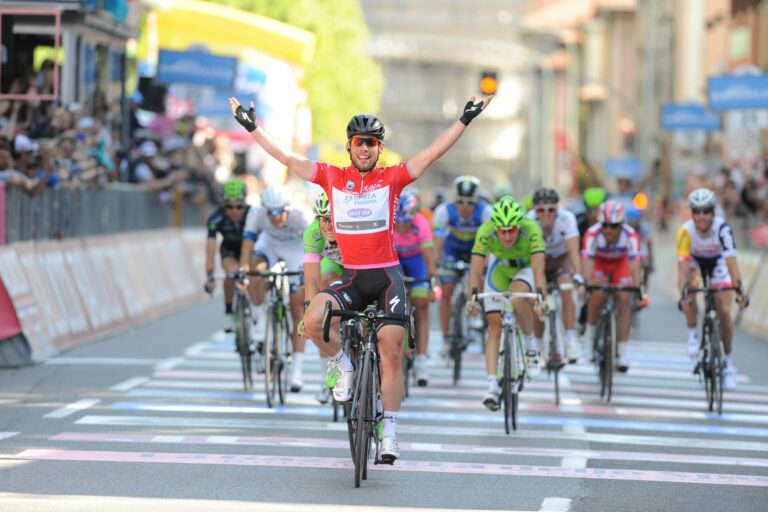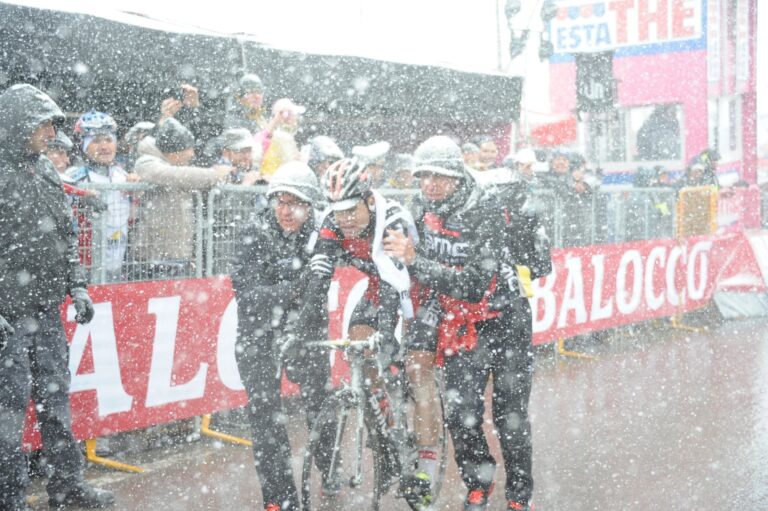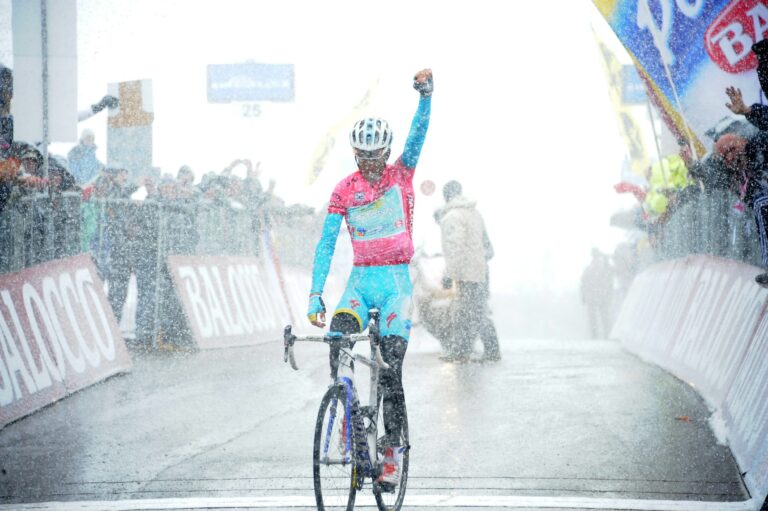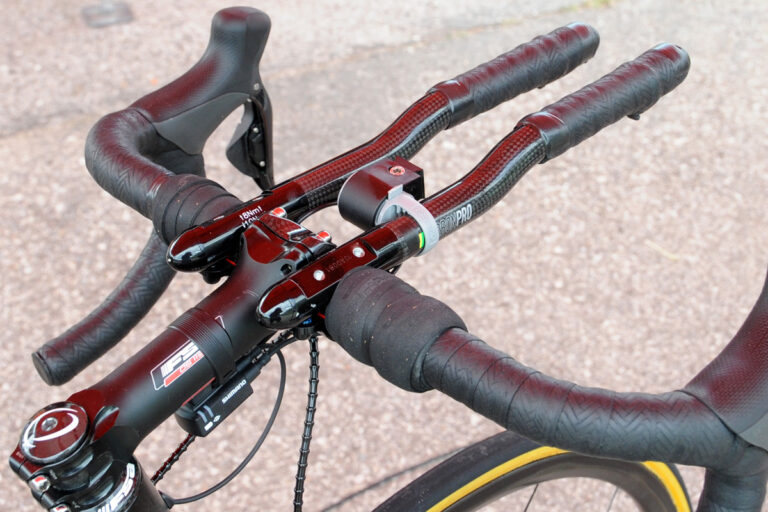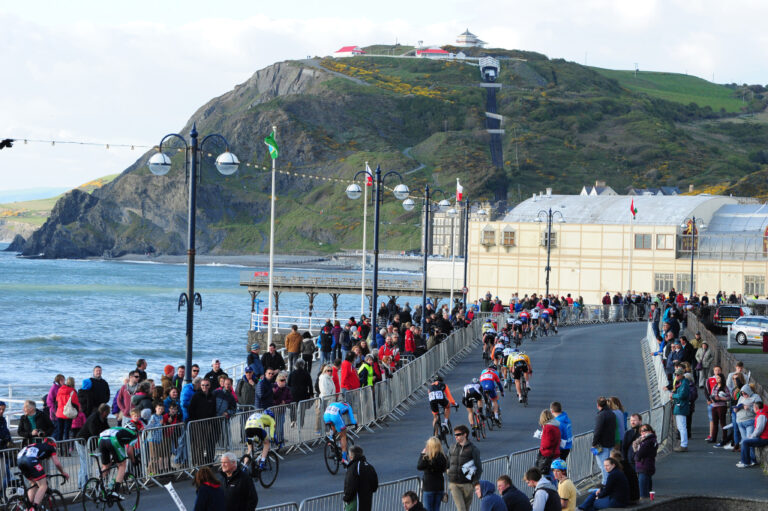Here’s the solution to a rather wonderful problem that had haunted RCUK Towers for some time.
We travelled to Belgium last year for the press launch of the latest incarnation of Shimano’s range-topping mechanical groupset, Dura-Ace 9000.
A few months later, a journey to France and to Cyfac followed, inspiring my own Victor Kiam moment. While making a bid for the company would have been extravagant (and difficult to explain to my significant other), I was so impressed by the craftsmanship witnessed in the Loire, I decided to part with my own hard-earned cash and put the measurements taken on our factory visit to good use by ordering a custom Absolu V2. Gulp!
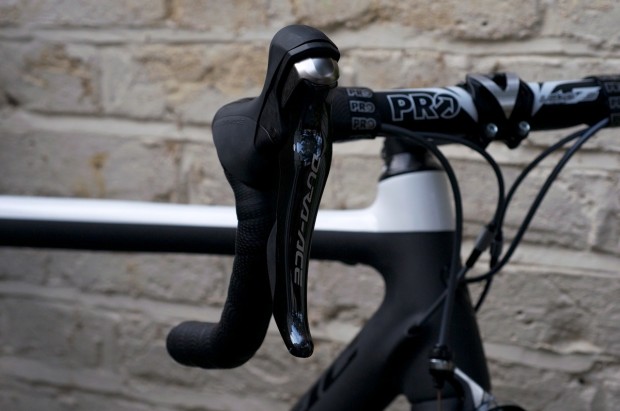
When the fruits of Cyfac’s labours arrived, a frame built entirely to my proportions and specification with a carbon tube selection tuned for longer rides and hill climbing, and a geometry intended for use with a 120mm stem, we finally had a chassis appropriate to the testing of Dura Ace 9000 componentry. A quick call to our friends at Shimano and their UK distributor, Madison, to belatedly accept their offer of a Dura Ace 9000-series test, and, hey presto, frame and components are united. Regular readers will be familiar with the RCUK Test Rig. Today, we present the RCUK Race Rig.
Our previous acquaintances with Shimano Dura Ace 9000 had left us impressed, but had finished too quickly as the test bikes on which it arrived were returned. The Cyfac build offered the first opportunity for detailed consideration of the evolution from its predecessor, Dura Ace 7900.
The chainset has been the focus of much early attention with the removal of the fifth arm, creating a distinctive look. Shimano’s technical bods have studied the forces and pressure we exert on the chainrings through the crank arms and ascertained that they can easily shed some weight by removing the arm (we are told 52 grams), while maintaining, and indeed improving, the rigidty of the unit. All in all, excellent work. Interestingly, the same cranks can now take the full selection of front rings with no changes – so you can switch between standard, compact and TT setups with no issues.
At the front end, the STI lever hoods have been reduced in size to make them more easily gripped, and more akin to their Di2 cousins. The lever stroke has been reduced, which means that the throw required to change gear is shorter. This is certainly a great improvement over 7900, which in comparison to other systems felt woolly and strangely remote. The 9000 shifting, however, is super slick and very precise – you would almost think that it was being done hydraulically rather than mechanically. It has a certain button-like quality about it, which is engaging and easy to use. The use of polymer-coated rather than PTFE shrouded inner cables is no doubt a contributing factor.
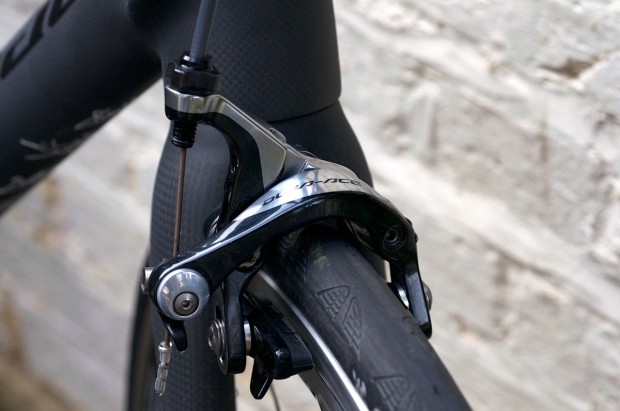
The same coating is also present on the brake cables, and in the braking department great things are promised. The change to a unique dual pivot design that mounts onto the usual conventional single bolt point is a large step forward and the is improved modulation and increased power. For new frames that can accept direct mounting, the single plate at the rear disappears and the dual pivot points become brake mounts.
At the rear, the RD-9000 derailleur is shifting a slimmer and now non-directional (hooray!), PTFE coated chain across the 11-speed block. There’s plenty of titanium on show at the rear, with all the sprockets from the 16T upwards being made of the magical metal. Shimano describe the rear derailleur as having a wider pivot mechanism for improved and more consistent shifting through the life of the groupset. That sounded like good news to us, and early rides have revealed that the lever stroke is just as easy and light at the top of the block, as it is at the bottom. There is no discernible stiffening in the shift as you climb.
The front mech now has a rather tall and elegant pull arm that has massively improved the action; at the lever end, you feel more connected to the shift while retaining the light action Shimano are so keen on.
The bottom bracket has been tweaked in a minor way to improve the sealing, and this has reduced the drag.
After an aborted run out on a prototype set of Dura Ace C50 clincher wheels, it’s been brilliant to be have put some miles on what we hope will be magnificently versatile C35s that sit perfectly in the Cyfac. The alloy braking surface with carbon profile is a perfect combination of wind cheating aero and climbing speed. The C35‘s have a radially laced, 16 spoke front wheel and 21 spoke rear, with the non-drive side placing seven of the 21 in radial formation, with the remainder in a two-cross pattern. Weight wise, at just over 1600 grams, these wheels are not setting the world on fire, but are no slouch, especially with the soft nosing of the carbon for the spoke bed and aero potential.
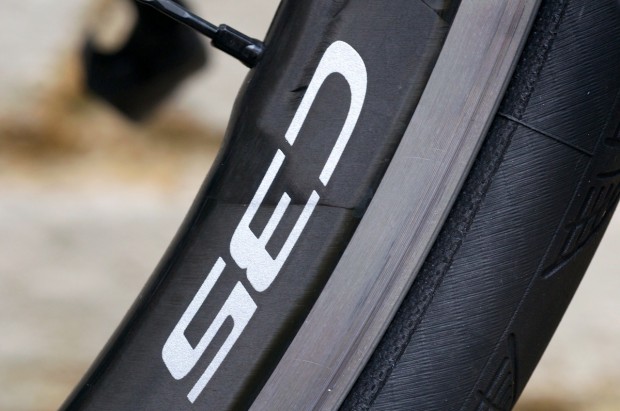
Of interest to me has been a change back to Shimano SPD SL pedals, a long time user of Look KEO’s. The carbon body and stainless steel plate on the Dura Ace pedals provide a stable platform and the two sets of ball bearings combined with a roller bearing should give longevity to the system.
Finally, the Vibe 7S handlebar in 40cm flavour is connected to the carbon steerer with matching 7S stem. The puzzle-clamp design is one we like, and it is our first proper introduction to the ingenious system. Impressions have been favourable: not only ours, but others too – many and admiring look has been cast at the clever stem.
Cyfac Absolu V2
A final word on the chassis on which the Race Rig’s chassis. The team in the Loire pride themselves not only on the quality of the frames they build, but also their ability to finish the creation in whatever paint scheme you fancy. The temptation for some people is clear, and it is certainly possible to go completely bonkers with colours, transfers, masking, spraying and blending.
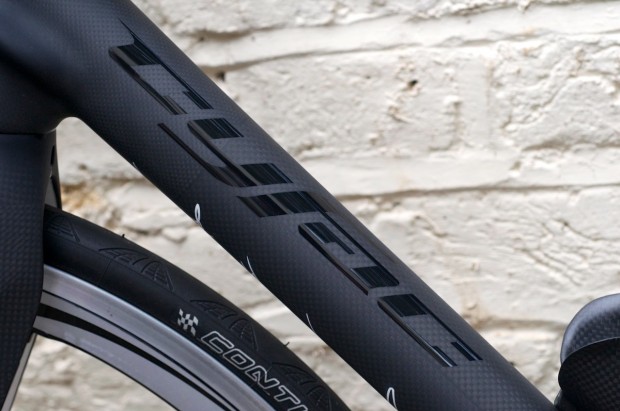
However we felt that a calm and subtle finish would best highlight the excellent build quality. A generally matte carbon finish with super gloss black logos and across the bottom third of the frame and forks, we then added a white stripe right through the head tube, along the top tube and up the seat mast, before finally finishing the colour scheme with some white highlights on the inside of the fork and wrapping around the inside of the chainstays. Extra finishing touches include a tricolore at the bottom bracket, and all the signatures of the team that built and sprayed the frame.
Website: Shimano
UK distributor: Madison
Website: Cyfac
UK distributor: Velobrands

